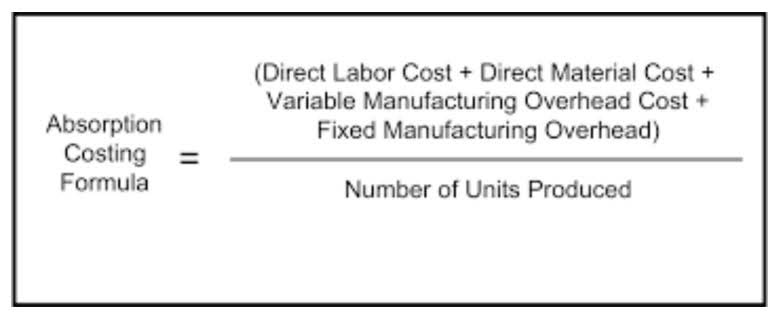
For example, if a company has $1 million in cash from retained earnings and invests it all at once, it might not have enough current assets to cover its current liabilities. Change in Working capital cash flow means an actual change in value year over year, i.e., the change in current assets minus the change in current liabilities. With the change in https://www.bookstime.com/ value, we will understand why the working capital has increased or decreased.
Paying with Checks: Advantages and Disadvantages

This can happen when an asset’s price is below its original cost and others aren’t salvageable. What is a more telling indicator of a company’s short-term liquidity is an increasing or decreasing trend in their net WC. A company with a negative net WC that has continual improvement year gross vs net over year could be viewed as a more stable business than one with a positive net WC and a downward trend year over year.

Current Liabilities

Imagine if Exxon borrowed an additional $20 billion in long-term debt, boosting the current amount of $40.6 billion to $60.6 billion. The amount would be added to current assets without any debt added to current liabilities; since current liabilities are short-term, one year or less, and the $40.6 billion in debt is long-term. To calculate change in working capital, you first subtract the company’s current liabilities from the company’s current assets to get current working capital. You then take last year’s working capital number and subtract it from this year’s working capital to get change in working capital.
Part 2: Your Current Nest Egg
The inventory turnover ratio is calculated as the cost of goods sold (COGS) divided by the average balance in inventory. Again, the average balance in inventory is usually determined by taking the average of the starting and ending balances. Because cash is always considered a current asset, all accounts should be considered. A higher ratio also means that the company can continue to fund its day-to-day operations.
- The cash flow from operating activities section aims to identify the cash impact of all assets and liabilities tied to operations, not solely current assets and liabilities.
- Now that we understand the basics and the formula of the concept, let us understand how to calculate the changes in net working capital cash flow through the step-by-step explanation below.
- During this period, the company’s resources may be tied up in obligations or pending liquidation to cash.
- Read on to learn what causes a change in working capital, how to to calculate changes in working capital, and what these changes can tell you about your business.
The future is uncertain, and it’s challenging to predict how market conditions will affect a company’s working capital. When a company is change in net working capital valued, to prepare for selling or another purpose, an analyst will use various techniques to analyze the required NWC needed to keep a company operating at normal levels. If a company holds “excess working capital”, the excess amount is considered additional value and is classified as a non-operating asset. If the company is deemed to have insufficient working capital, the Company’s value will be adjusted lower to account for the deficit to the NWC acceptable level. Shaun Conrad is a Certified Public Accountant and CPA exam expert with a passion for teaching.

